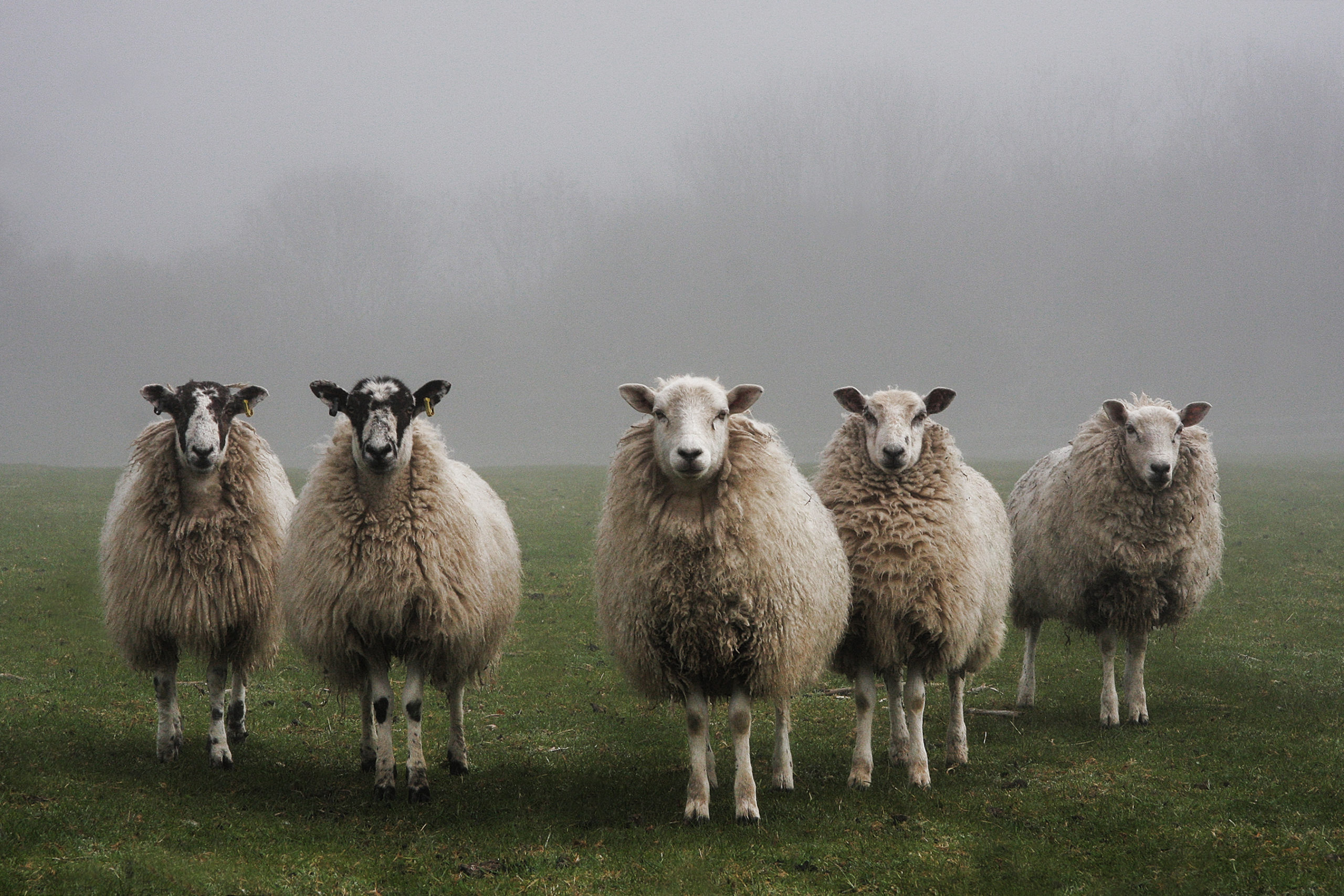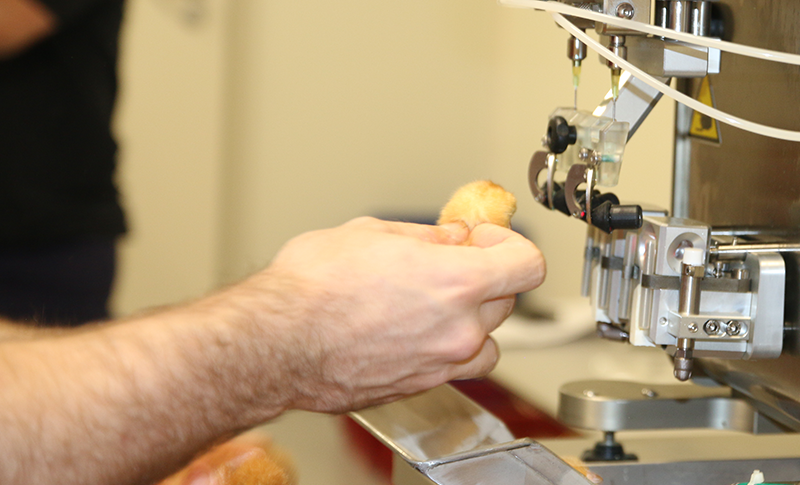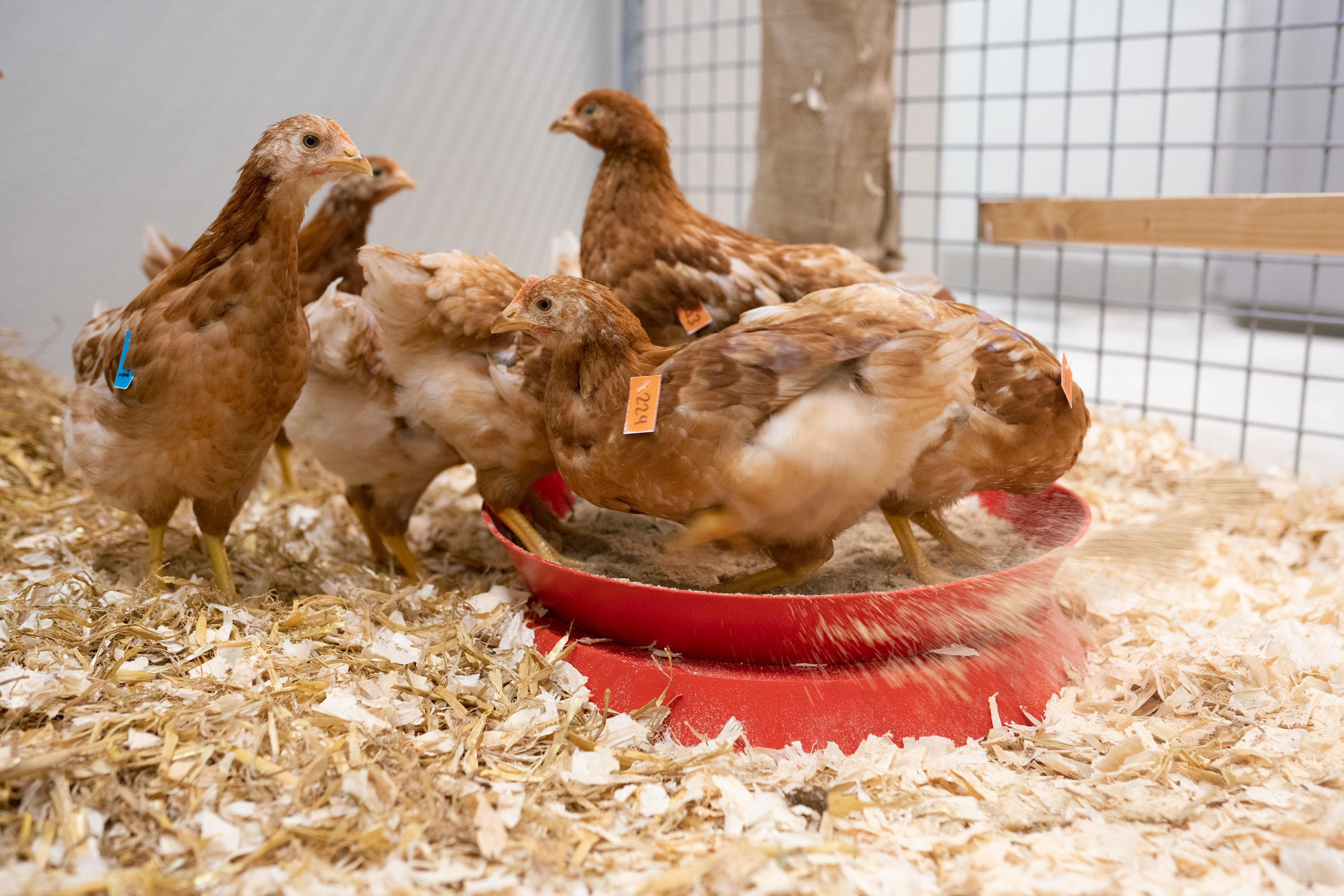Last year, the sheep population of the Netherlands fell by 61,000 (-8.4 per cent) to 662,000 sheep, Statistics Netherlands (CBS) reported last week. The main culprit is bluetongue, a viral disease spread by midges that has been circulating in the Netherlands again since September 2023. Noelle Hoorneman, a researcher at the Centre for Genetic Resources, the Netherlands (CGN), calls the situation ‘very concerning, even when compared to previous epidemics of infectious diseases.’
Hoorneman, who also keeps sheep, clarifies her concerns: ‘We had foot and mouth disease in 2001, then a bluetongue outbreak in 2006/2007. Those outbreaks had a big impact, but they didn’t come anywhere near the numbers we are seeing now. We know bluetongue can potentially be very virulent and that certainly applies to this variant, which is about twice as deadly and spreads two to three times faster.’
Provincial distribution
The CBS figures show that the biggest decline in sheep numbers was in the provinces of Noord-Holland and Friesland, with about 15,000 fewer sheep each than the previous year. In percentages, this is a fall of 15.7 per cent in Noord-Holland and 11.5 per cent in Friesland. The percentage fall in Utrecht province was also substantial, at 15.4 per cent. In absolute numbers, the decrease was 6,500 sheep. Sheep numbers fell by about 10 per cent in Drenthe and Gelderland. Noord-Brabant was the only province to see an increase in the number of sheep last year (+6.4 per cent).
Hoorneman: ‘Those figures clearly show the influence of bluetongue. Sheep numbers are declining anyway because various factors are putting pressure on sheep farmers. The bonus for grazing animals has been abolished, the agricultural tenancy rules have changed and of course some sheep farmers are stopping because of the wolf. But those factors don’t have this obvious geographical effect. You can clearly see the midge distribution reflected in the CBS figures.’
Vaccine
Sheep farmers have pinned their hopes on a safe and efficacious vaccine. That proved an effective weapon in putting an end to the bluetongue (serotype 8) outbreak in 2006. It looks as if there could soon be a vaccine for this bluetongue outbreak too: Agriculture minister Piet Adema says at least one pharma company has a candidate it wants to test. Melle Holwerda (Wageningen Bioveterinary Research) confirms vaccines can be tested by the National Reference Laboratory for Vector-borne and Zoonotic Viral Diseases, which he heads. ‘Results will be availabe by May at the earliest. If the outcome is positive, it will be followed by the approval procedure. If there are no hitches, a vaccine could be ready for use in the summer,’ says Holwerda.
Hope and fear
While that offers hope, Hoorneman is worried about the coming period. ‘Even if a vaccine becomes available by the summer, how much suffering will there have been by then? The winter was very mild and I’m already seeing clouds of insects around the barns. I can’t tell with the naked eye whether they are midges, but I wouldn’t be surprised. There is a big risk of the disease reappearing soon, long before the summer. If you see how much damage the virus did between September and December, I dread to think what will happen in the coming months.’
Lambing season
She is also concerned about the next generation. ‘The lambing season has started, and it looks as if there are more premature births and defects than usual. That’s partly due to Schmallenberg, a viral disease that was only discovered in 2011 and that is also transmitted by midges. But some of the malformed lambs that were sent for examination turned out to have bluetongue. Of course that is still anecdotal evidence. I expect it will be the end of the lambing season before the GD Animal Health Service has collected enough data to draw any real conclusions.’
Bluetongue could endanger the survival of rare Dutch sheep breeds, Hoorneman previously told Resource. There is still little known about the suspected differences in susceptibility of various sheep breeds, as discussed in that article. Hoorneman: ‘WUR is paying a lot of attention to this aspect. For example, on 1 March there is a symposium Genetic Selection: to Reduce the Impact of Infectious Diseases in Livestock, to mark the PhD defence of Dries Hulst. Based on my own observations, I have a strong impression that some breeds are more susceptible than others. But as a scientist, I should point out we don’t yet have the numbers. And solid research is needed first before we can know for sure.’
Other ruminants
The impact of the bluetongue virus on populations of other ruminants seems limited, based on the CBS figures. Goat numbers fell by 1.6 per cent, which is in line with the previous year. The fall in the number of cattle was even smaller: 0.7 per cent.

 Photo Shutterstock
Photo Shutterstock 

